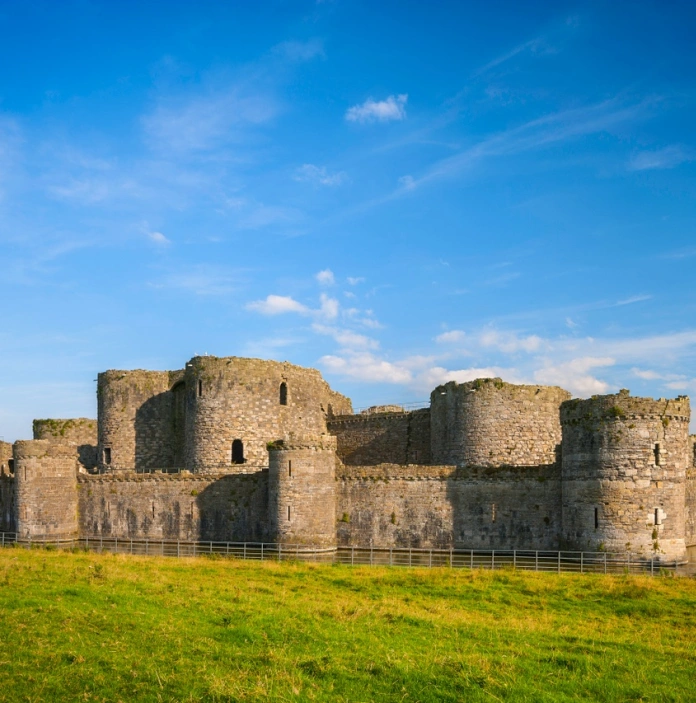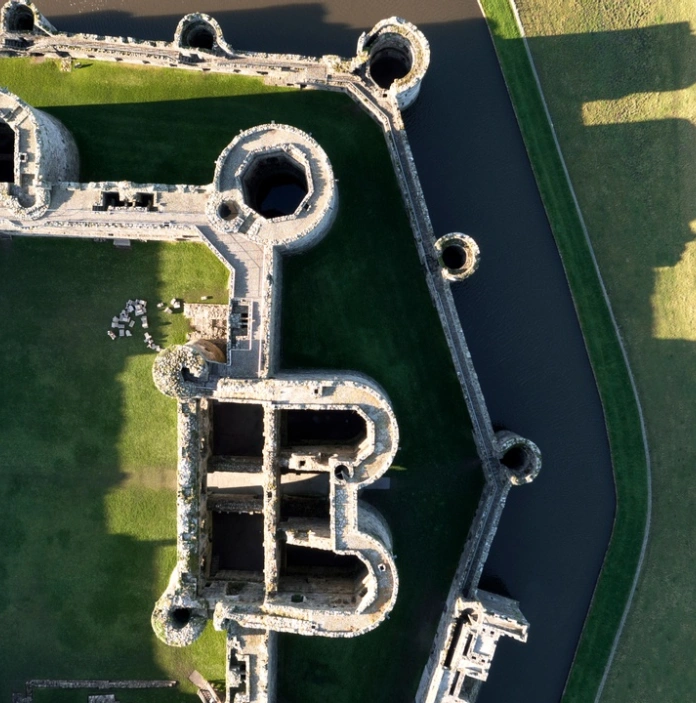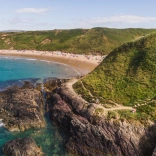To enjoy everything Wales has to offer, you need to get out on the open road.
The Wales Way is a family of three national touring routes, The Cambrian Way, The Coastal Way, and The North Wales Way, that showcase 420 miles (675km) of the country’s most exceptional scenery. Each has its own distinct character, ‘countryside’, ‘sea’, or ‘culture and castles’ respectively, but all tie together some of the country’s top attractions and most mesmerising landscapes.
You can plot journeys along and around these routes by car, by coach, by bike or on foot, combine the routes together to form an epic trip, or pick just one to focus on depending on your interests.
Intended to serve as a rough framework rather than a strict itinerary, these highlight-heavy routes are designed not to be rushed, with every stage a potential jumping-off point for further and deeper exploration – to go off plan, or igam ogam as we say in Wales.
The Cambrian Way
The Cambrian Way is a complete north-south journey from Llandudno to Cardiff along the spine of Wales. At 185 miles (300km), it’s the longest of the three Wales Way routes, and meanders through two National Parks – Eryri (Snowdonia) and Bannau Brycheiniog (Brecon Beacons) – with the Cambrian Mountains in-between; it’s fair to say exceptional views are a given.
Not to be confused with the – equally breath-taking – three-week Cambrian Way walking path (which runs from Cardiff to Conwy), this route is perfect for those who love being active, with Eryri (Snowdonia) serving as Wales’s adventure hub, home to zip lines, surf lagoons and a giant underground trampoline. There are further opportunities to get the pulse racing along the whole route: mountain-biking in the Bannau (Brecon Beacons), kitesurfing at Llandudno and kayaking at Cardiff International White Water facility. For those really up for a challenge, why not try completing the Cambrian Way walking trail too?
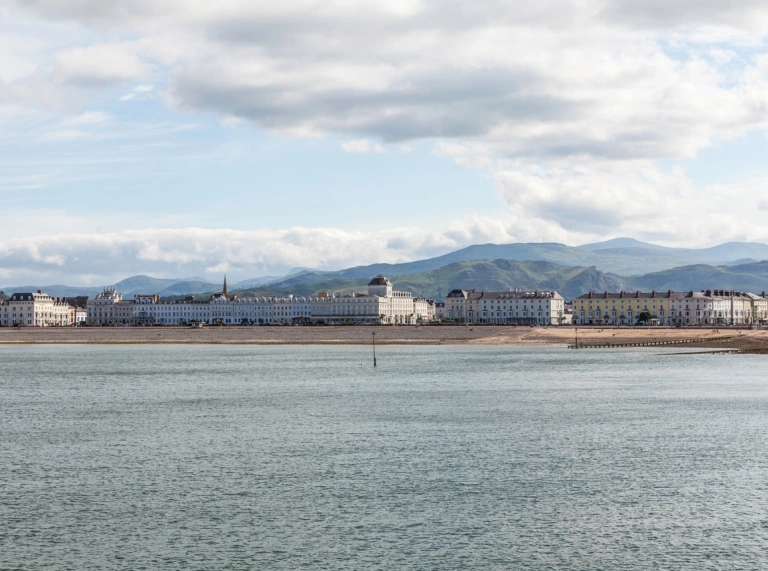
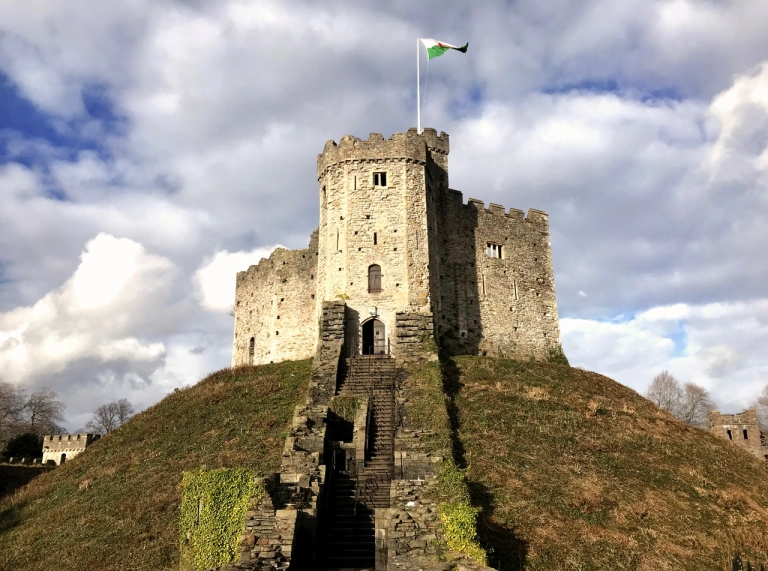
The Coastal Way
Visitors keen to lose the crowds and see a different side of Wales should set a course for The Coastal Way. The route runs for 180 miles (290km) along the entire length of Cardigan Bay, passing harbour towns, fishing villages and secret coves where you can spot dolphins, seals and puffins; all of which make the country’s bustling big cities suddenly feel like a million miles away.
The start and end points – St Davids and Aberdaron – are both ancient pilgrimage destinations. The former is renowned for its grand cathedral, where Wales’ patron saint, St David, is said to be buried, while the latter sits near the western tip of the Llŷn Peninsula. Stretching westwards into the Irish Sea from Eryri (Snowdonia), it’s an area of outstanding natural beauty (a large chunk of it officially designated as such) where time seems to slow to match the lap of the waves. In fact, you’re never far from the sea on this route, with the golden sands of some of the most scenic beaches in the British Isles inviting travellers to linger a little.

The North Wales Way
The North Wales Way follows the ancient trading route along our northern coast from Holyhead to Broughton. As well as travelling 75 miles (120km) across the country from east to west, visitors will also traverse thousands of years of Welsh history, with stops on the route including St Asaph’s 13th-century cathedral and the prehistoric stone monoliths of Anglesey, as well as some of the most famous castles in Wales, like Conwy and Beaumaris.
This trail also passes through pockets of Wales that serve as strongholds for the Welsh language and traditional Welsh culture, where visitors will be greeted with a friendly bore da (‘good morning’) before they tuck into a range of Welsh delicacies, like oggies (meat pasties) or mussels from the nearby Menai Strait. As the shortest of the three Wales Way routes, The North Wales Way is also perfect for families, incorporating a number of attractions aimed at younger visitors, from the Great Orme Tramway to Anglesey Sea Zoo.
